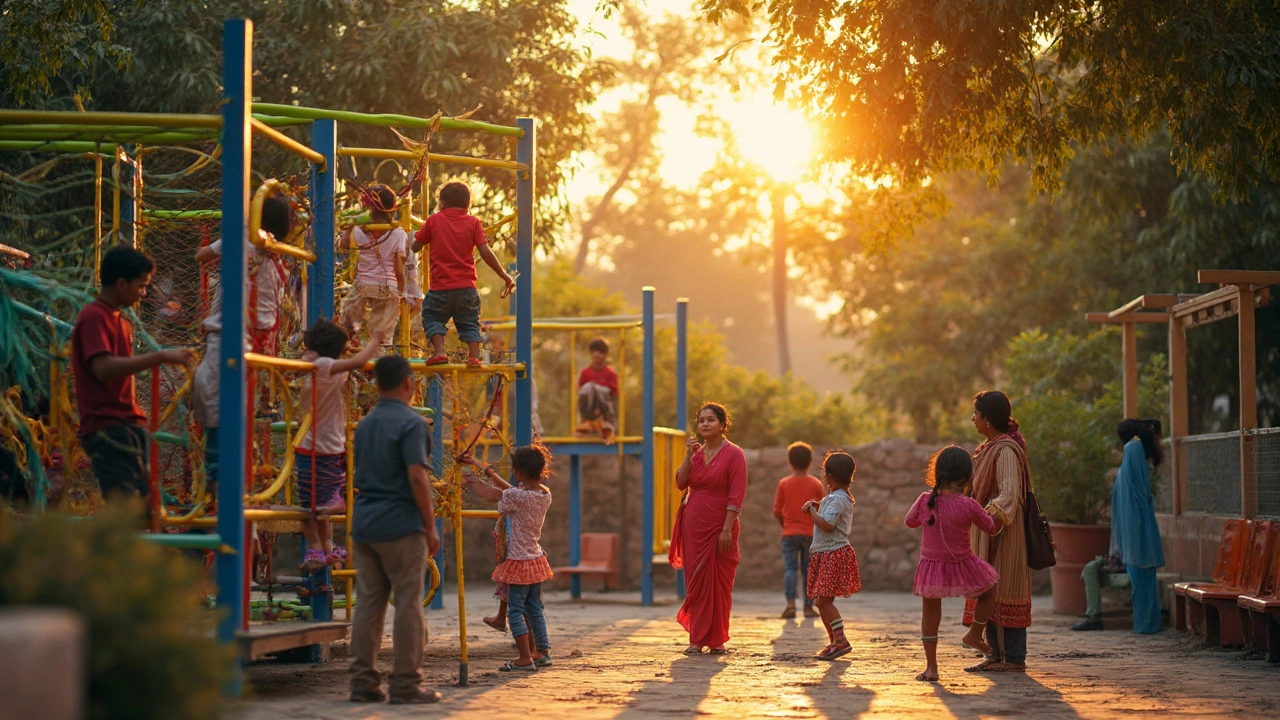Playground Equipment: What to Choose, How to Stay Safe, and Where to Buy
Thinking about adding a play area to your yard, school, or park? You don’t need a PhD in engineering to pick the right gear. A good playground setup combines fun, durability, and safety. Below you’ll find the basics you need to know before you spend a dime.
Choosing the Right Equipment
Start by asking who will use the space. Toddlers need low platforms, soft ground surfacing, and simple climbing structures. Older kids enjoy taller slides, monkey bars, and zip lines that challenge strength and coordination. Decide on the material: metal frames are sturdy but can get hot, while recycled plastic stays cooler and resists rust. Look for equipment that meets ASTM or EN71 safety standards – this tells you the product has been tested for strength and impact resistance.
Size matters too. Measure the area you have and leave at least 6 feet of clearance around each piece. That prevents accidental bumps and gives room for a safety surface like rubber mulch or poured-in-place rubber. When budgeting, consider buying a combo set that includes a swing, slide, and climbing wall. Combo sets often cost less per piece and ensure everything fits together nicely.
If you’re handy, a DIY approach can save money. Simple kits let you assemble a swing set in a few hours with basic tools. Just follow the instructions, tighten every bolt, and double‑check the ground anchors before letting kids on.
Keeping Your Playground Safe
Safety doesn’t end at installation. Regular checks keep hazards from sneaking up on you. Look for loose bolts, cracked plastic, or rust spots every month. Tighten any wobbly parts and replace worn‑out surfacing promptly – a few inches of damaged mulch can turn a harmless fall into a serious injury.
Maintain a clean environment. Remove broken glass, sharp objects, and debris that could cause trips. Keep the area well‑drained so water doesn’t pool under the equipment; standing water speeds up rust and invites insects.
Teach kids basic playground rules: no pushing, wait your turn, and always use the equipment as intended. Supervision is still key – an adult eye can spot risky behavior before it becomes a problem.
When it comes time to replace gear, recycle old metal and plastic whenever possible. Many manufacturers offer take‑back programs, turning old equipment into new playground material.
With the right choices and a bit of upkeep, your playground equipment will provide years of safe, active fun. Ready to start? Grab a copy of the safety standards, measure your space, and pick a set that matches your kids’ age and your budget. Happy building!
